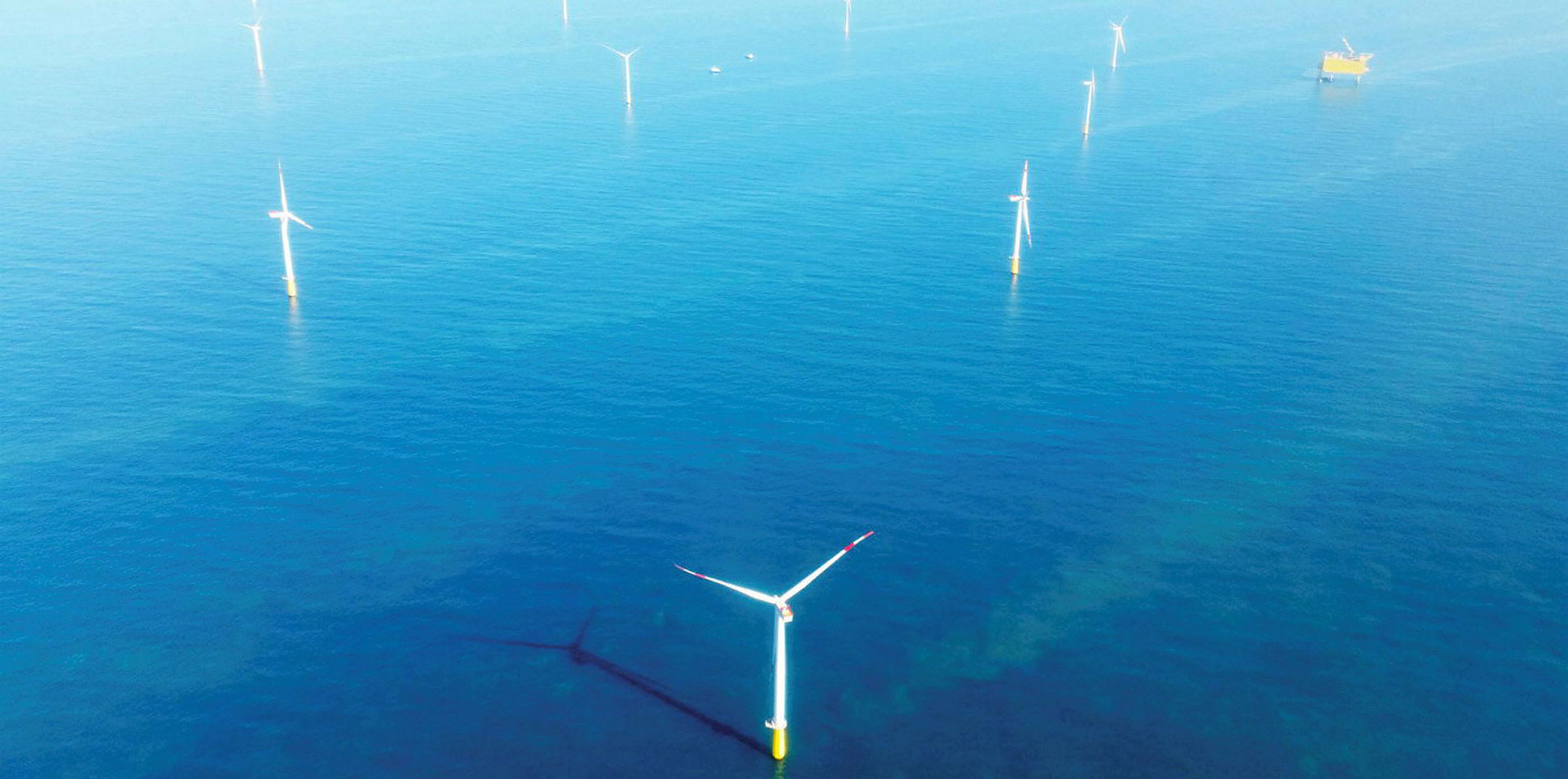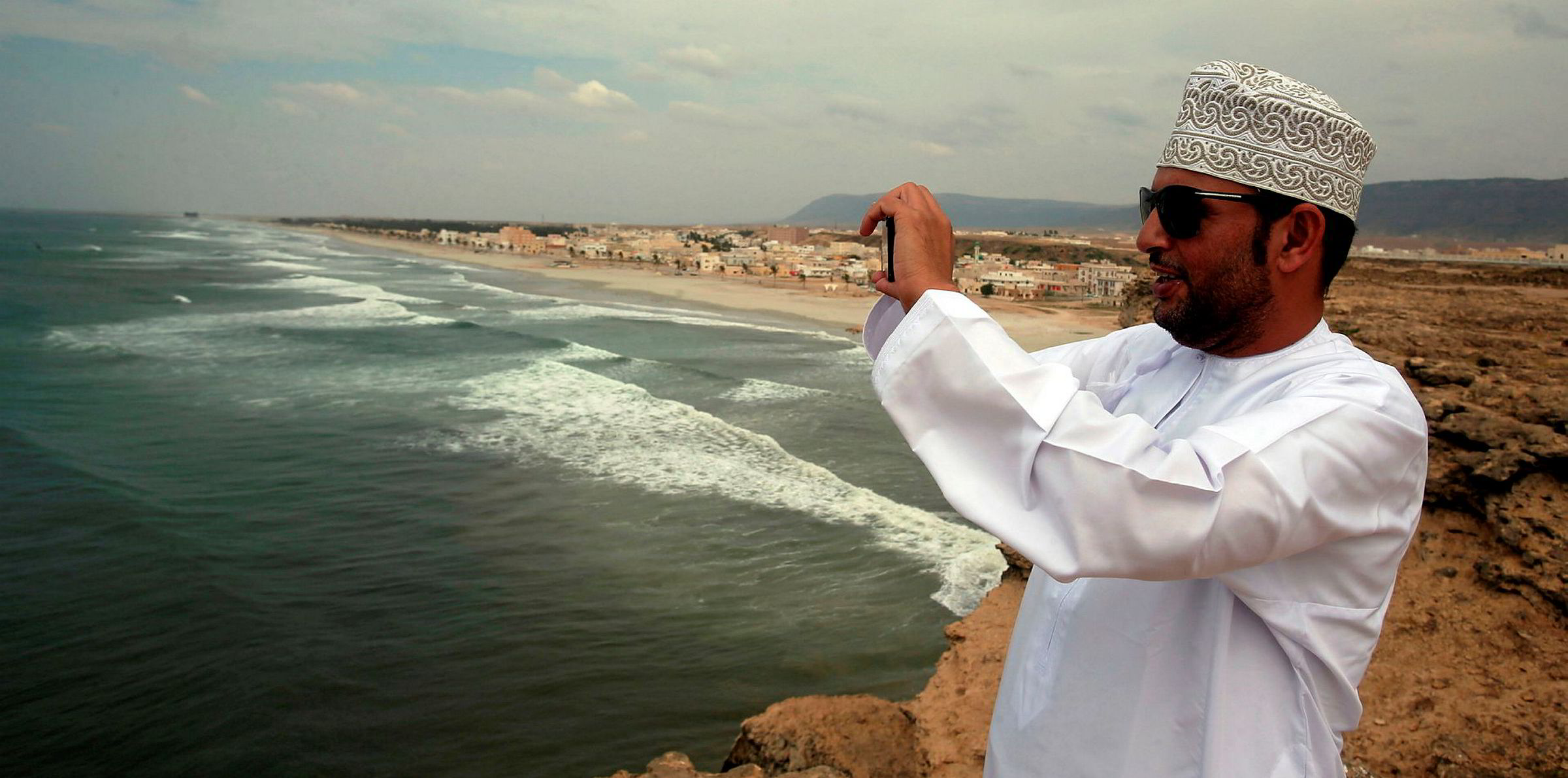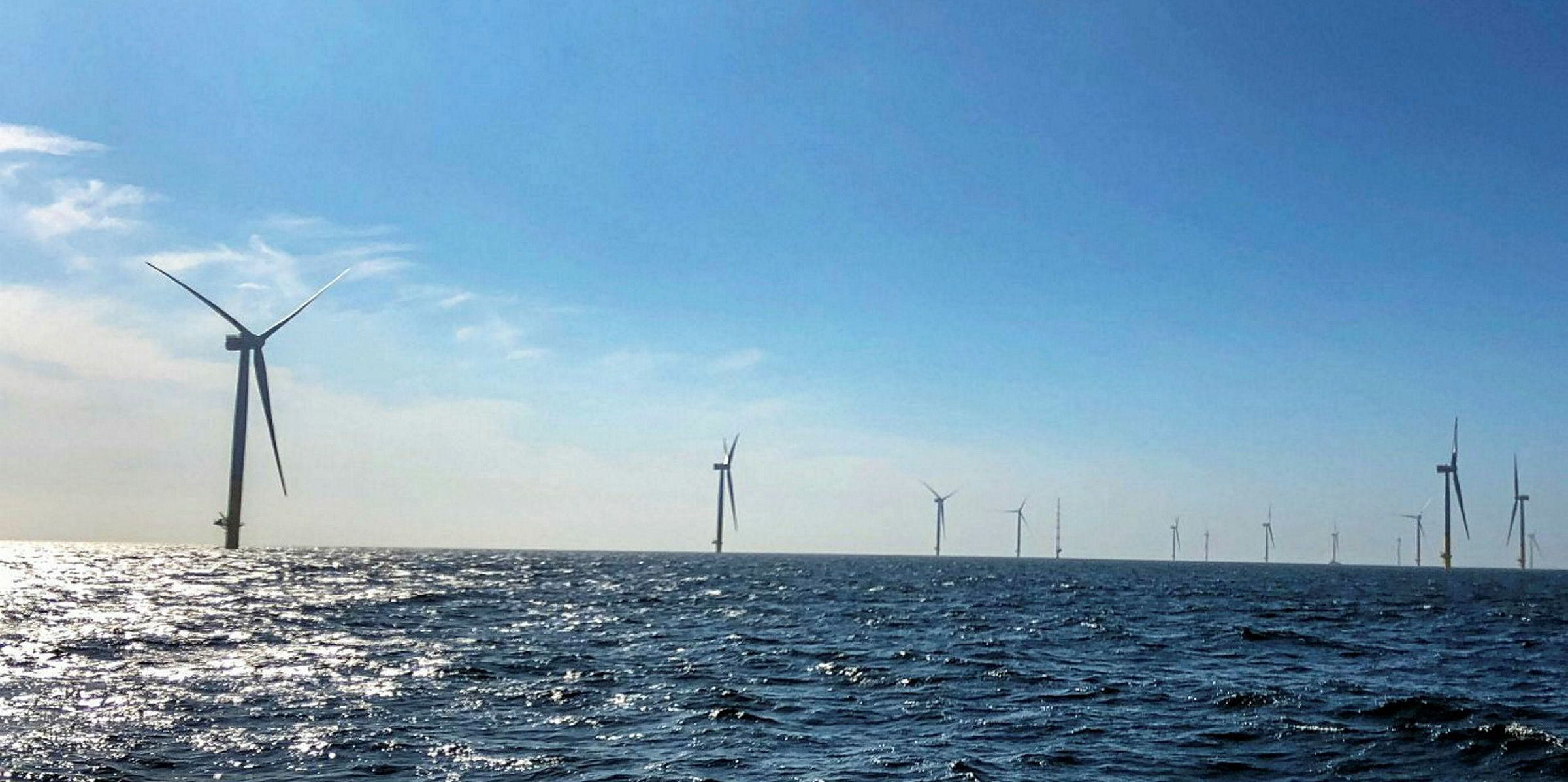Offshore wind will account for 25% of the world’s installed wind power by 2028, up from 10% at the end of last year, according to analyst Wood Mackenzie.
The 160GW of cumulative capacity installed by then would represent a sevenfold increase on the 23.4GW erected by the end of 2018 — largely a result of the ever-reducing cost of the technology.
As WoodMac states: “The possibility of offshore wind becoming cheaper than coal, gas and nuclear in most major countries is a question of when rather than if.”
A record low strike price of £39.65 ($51.27) per MWh was achieved at a UK Contracts for Difference auction last year, while French asset manager Lazard puts the levelized cost of energy of new coal-fired power plants at $66-152/MWh, and new gas combined-cycle plants at $44-68/MWh.
Nevertheless, WoodMac points out that the offshore build-out — which it expects to reach 22.3GW annually by 2028 — could be negatively impacted by a lack of policy frameworks in some countries and “lukewarm returns” due to the ultra-competitive nature of auctions and slim margins.
But these potential problems will be countered by the ability of floating wind to unlock new markets and developers starting to pursue subsidy-free merchant projects, it adds.
“With a lack of commitment from governments, uncertainty remains concerning the pace and scope of the deployment of offshore wind,” said Rolf Kragelund, WoodMac’s director of global offshore wind. “For offshore wind to go global and become a mainstream source of electricity, more governments need to offer a clear and stable route to market.”
He added: “Margin squeeze is already a theme in the value chain, particularly following a steep decline in bid prices. Growth and spread of demand, combined with local-content policies and larger components, will pile further pressure on the supply chain.”
Kragelund also stated that the floating wind sector, while gaining momentum, has been “hampered by a catch-22”.
“Developers argue that capacity is needed to reduce the cost of floating wind, while governments argue that cost declines are needed for governments to allocate capacity to floating wind,” he explained.
“It’s clear that policymakers need to get onboard and develop a clear route to market if the floating wind industry is to become a true commercial success.”



